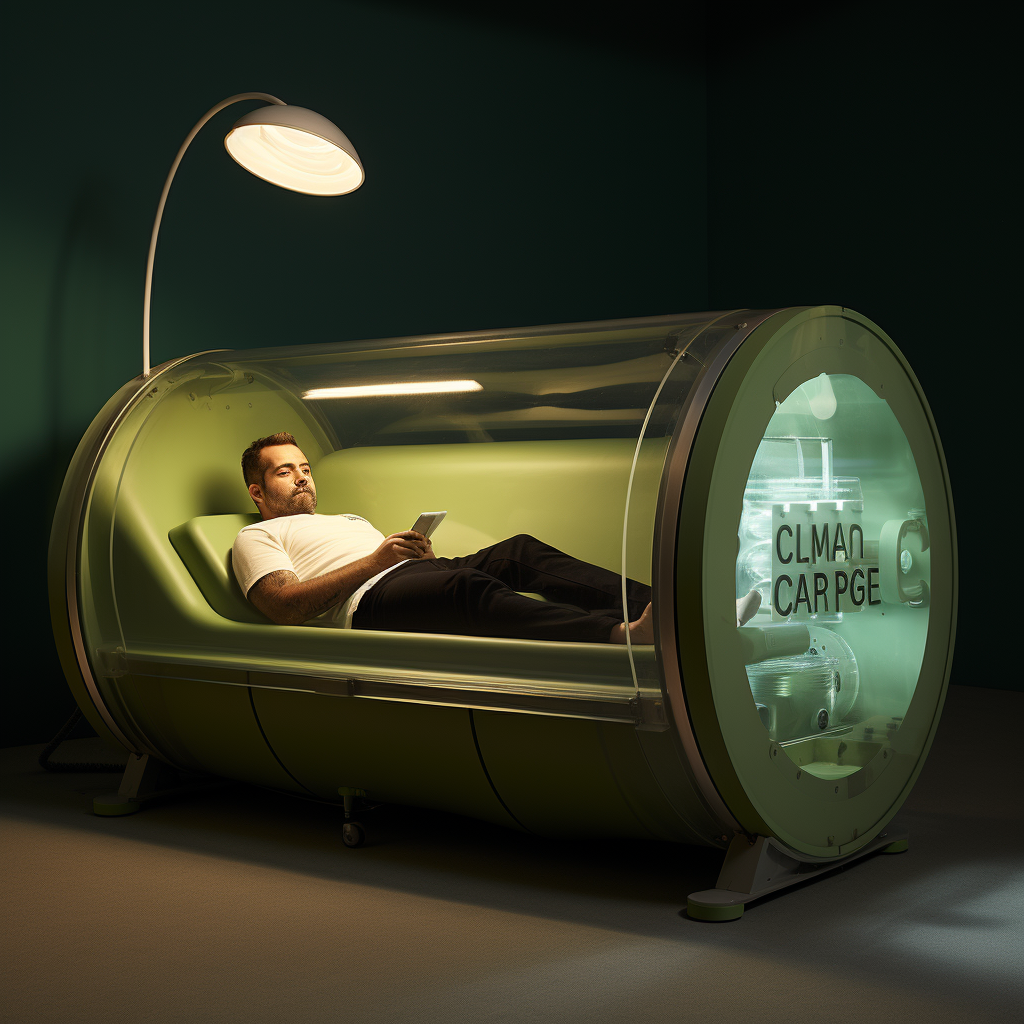Unveiling the Healing Power: Hyperbaric Oxygen Therapy for Crush Injuries and Compartment Syndrome

In the realm of medical advancements, hyperbaric oxygen therapy (HBOT) has emerged as a groundbreaking intervention, showcasing remarkable benefits for various medical conditions. Among its versatile applications, HBOT stands out as a particularly effective treatment for crush injuries and compartment syndrome, offering a beacon of hope for patients navigating the complexities of recovery. Let's delve into the comprehensive world of HBOT and explore its transformative effects on these challenging medical scenarios.
Understanding Crush Injuries and Compartment Syndrome: A Dual Challenge
Crush injuries and compartment syndrome represent significant challenges in the medical field, often occurring as a consequence of trauma, accidents, or medical conditions. Crush injuries involve the compression of body parts, leading to tissue damage, while compartment syndrome involves increased pressure within muscle compartments, compromising blood flow and causing potential tissue damage.
The Science Behind Hyperbaric Oxygen Therapy: A Therapeutic Paradigm
HBOT involves the administration of pure oxygen in a pressurized chamber, creating an environment where the body can absorb higher-than-normal levels of oxygen. This heightened oxygenation becomes a potent catalyst for healing, influencing various physiological processes and fostering recovery on multiple fronts.
Benefits of Hyperbaric Oxygen Therapy for Crush Injuries:
- Enhanced Oxygen Delivery: The increased atmospheric pressure in the hyperbaric chamber facilitates the dissolution of oxygen in the bloodstream, ensuring optimal delivery to damaged tissues. This promotes cellular repair and accelerates the healing process in crush injuries.
- Reduced Inflammation: HBOT has anti-inflammatory effects, mitigating the inflammatory response associated with crush injuries. By minimizing swelling and tissue edema, it creates a conducive environment for healing.
- Promotion of Angiogenesis: HBOT stimulates the formation of new blood vessels, a process known as angiogenesis. This is particularly crucial in crush injuries, as it improves blood circulation to damaged areas, aiding in tissue repair and regeneration.
- Prevention of Complications: Hyperbaric oxygen therapy has shown efficacy in preventing complications such as infection and promoting wound closure, thereby reducing the risk of long-term consequences in crush injury recovery.
Benefits of Hyperbaric Oxygen Therapy for Compartment Syndrome:
- Pressure Reduction: HBOT helps alleviate the elevated pressure within muscle compartments, preventing further damage to nerves, blood vessels, and muscles. This reduction in pressure is vital for minimizing tissue ischemia and fostering recovery.
- Anti-Edema Effects: Compartment syndrome often involves fluid accumulation in affected compartments. HBOT's ability to reduce edema contributes to relieving pressure and enhancing tissue perfusion, promoting a more favorable environment for healing.
- Cellular Protection: The increased oxygen levels provided by HBOT protect cells from the adverse effects of ischemia. This cellular protection is crucial for preventing irreversible damage in compartments affected by increased pressure.
- Facilitation of Surgical Interventions: In cases where surgical interventions are necessary for compartment syndrome, pre- and post-operative HBOT sessions have been shown to enhance surgical outcomes and expedite recovery.
Conclusion: A Beacon of Healing for Crush Injuries and Compartment Syndrome
In the realm of crush injuries and compartment syndrome, hyperbaric oxygen therapy emerges as a beacon of healing, offering a non-invasive and potent adjunct to conventional treatment modalities. Its multifaceted benefits, ranging from enhanced oxygen delivery to reduced inflammation, position HBOT as a transformative intervention, fostering recovery and improving overall outcomes for patients grappling with these challenging medical conditions. As research continues to unveil the intricacies of HBOT's therapeutic potential, it stands poised as a cornerstone in the comprehensive care and rehabilitation of individuals overcoming the aftermath of crush injuries and compartment syndrome.